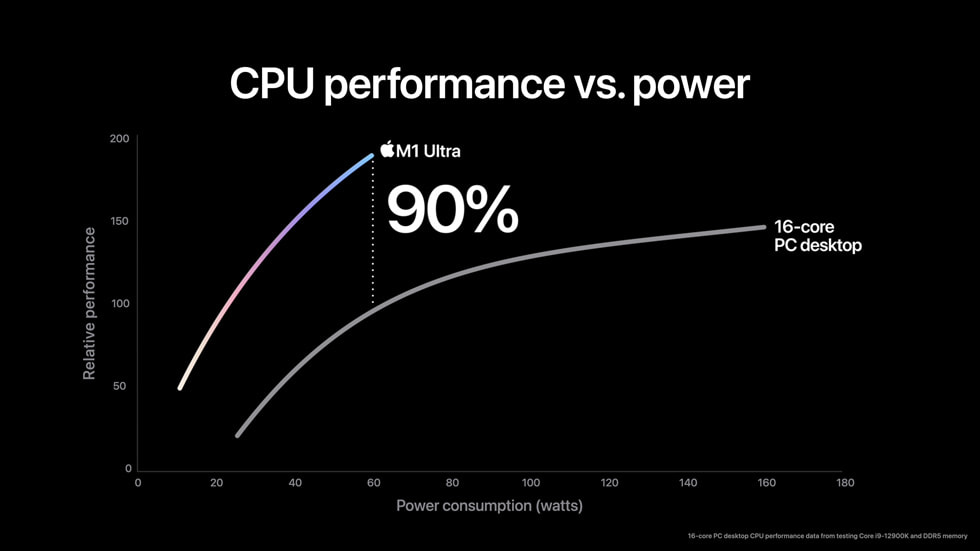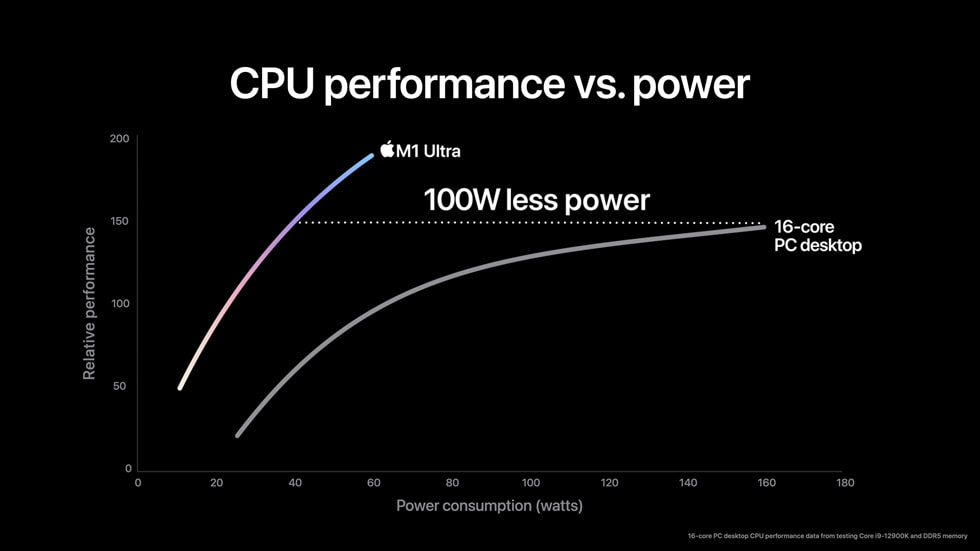When it comes to selecting an Apple chipset, many factors to consider. For example, do you need a high-performance chip for gaming and other intensive tasks? Or would a more modest chipset be adequate? This article will compare the four most popular Apple chipsets: the M1, M1 Pro, M1 Max, and M1 Ultra. We’ll look at their specifications and pricing so that you can decide which one is right for you.
What are Apple Chipsets?
Apple Chipsets are a series of custom silicon chipsets designed by Apple Inc. They are used in Apple’s mobile devices, such as the iPhone, iPad, and Apple Watch. Apple has used different types of chipsets in its devices, such as the A-series, S-series, and M-series.
The M-series chipsets are the most recent addition to Apple’s lineup, and they are used in the company’s latest devices, such as the iPhone 12 and iPad Pro. The M1 is the first Apple chipset to use the 5-nanometer process, and it is also the first Apple-designed chipset to be used in its Mac computers. Apple claims that the M1 is up to 3x faster than the previous generation of chipsets, and it is also more energy-efficient.
The M1 chipset is used in the following devices:
- iPhone 12
- iPad Pro
- Mac mini
- MacBook Air
- MacBook Pro 13″
The S-series chipsets are used in Apple’s high-end devices, such as the iPhone XS and iPhone XR. The S-series chipsets are designed for performance and efficiency, and they use the company’s A12 Bionic and A13 Bionic chipsets.
The S-series chipsets are used in the following devices:
- iPhone XS
- iPhone XR
- iPhone XS Max
- iPhone X
- iPad Air 3
- iPad mini-5
- iPad Pro 11″
- iPad Pro 12.9″
The A-series chipsets are used in Apple’s entry-level and mid-range devices, such as the iPhone SE and iPhone 6s. The A-series chipsets are designed for power efficiency and cost-effectiveness, and they use the company’s A9, A10, and A11 chipsets.
The A-series chipsets are used in the following devices:
- iPhone SE
- iPhone 6s
- iPhone 7
- iPhone 8
- iPad mini-4
- iPad 9.7″
Comparison of M1, M1 Pro, M1 Max, and M1 Ultra

When it comes to M-series, there are four main types: M1, M1 Pro, M1 Max, and M1 Ultra. Here’s a quick comparison of each one to decide which is right for you.
Apple M1 Chip
The standard Apple M1 chip is the baseline for the entire series. It’s a 64-bit ARMv8.5-A processor with four CPU cores and two high-efficiency cores, meaning that it can handle both light and heavy workloads without issue. It also has an integrated GPU with seven compute units.
Apple M1 Pro Chip
The M1 Pro is the same as the standard M1 chip but with two additional high-performance cores. This makes it better suited for demanding tasks such as video editing and 3D rendering. It also has a slightly higher clock speed, meaning it can handle these tasks even faster.
Apple M1 Max Chip
The M1 Max is the top-of-the-line Apple chip. It has eight CPU cores (four high-performance and four high-efficiency), meaning that it can handle even the most demanding tasks with ease. It also has an integrated GPU with 16 compute units, making it the best choice for gamers or anyone who needs the highest level of performance.
Apple M1 Ultra Chip
The M1 Ultra is a special version of the M1 Max designed for use in Apple’s new Mac Pro. It has the same eight CPU cores, and 16 GPU compute units as the M1 Max, but it also has four additional CPU cores dedicated to machine learning. This makes it the best choice for anyone who needs the highest level of performance and wants to use Apple’s new Mac Pro for tasks such as video editing, 3D rendering, or gaming.
Which Chipset Is The Best For You?

M1 is the entry-level model, M1 Pro is the mid-range model, M1 Max is the high-end model, and M1 Ultra is the top-of-the-line model.
M1: The M1 chipset is the entry-level offering from Apple. M1 chipset has a clock speed of 1.2GHz and supports up to 8GB of RAM.
M1 Pro: The M1 Pro is the mid-range chipset from Apple. It has a clock speed of 1.4GHz and supports up to 16GB of RAM.
M1 Max: The M1 Max is the high-end chipset from Apple. M1 Max has a clock speed of 1.6GHz and supports up to 32GB of RAM.
M1 Ultra: The M1 Ultra is the top-of-the-line chipset from Apple. It has a clock speed of 2.0GHz and supports up to 64GB of RAM.


So, which chipset is the best for you? It depends on your needs. If you need the fastest possible performance, then the M1 Ultra is the way to go. If you don’t need the absolute top speed but want more RAM support, then the M1 Max is good. And if you’re looking for a balance of price and performance, the M1 Pro is a great option.
No matter which chipset you choose, you’ll get a great experience with an Apple device.
Apple M1 | Apple M1 Pro | Apple M1 Max | Apple M1 Ultra | |
|---|---|---|---|---|
| Total CPU cores | 8 | 8 or 10 | 10 | 20 |
| Performance cores | 4 | 6 or 8 | 8 | 16 |
| Efficiency cores | 4 | 2 | 2 | 4 |
| GPU cores | 7 or 8 | 14 or 16 | 24 or 32 | 48 or 64 |
| Neural engine cores | 16 | 16 | 16 | 32 |
| Maximum memory supported (UMA) | 16GB | 32GB | 64GB | 128GB |
| Peak memory bandwidth (Gbps) | n/a | 200 | 400 | 800 |
| ProRes accelerators | None | 1 | 2 | 4 |
| Available in | MacBook Air, iPad Pro (5th gen), iMac 24 (2021), Mac Mini | MacBook Pro 14, MacBook Pro 16 (2021) | MacBook Pro 14, MacBook Pro 16 (2021), Mac Studio | Mac Studio |
Pros and Cons of Each Chipset
Apple’s M1 chipset is the company’s first ARM-based system on a chip (SoC) for macs. It was announced at Apple’s “One More Thing” event on November 10, 2020. The M1 features an 8-core CPU, a 7 or 8-core GPU, 16GB of unified memory, and a neural engine with up to 15TOPs of performance. It is manufactured using a 5nm process and is said to be the world’s fastest integrated graphics processor.
The M1 Pro is an upgraded version of the M1 that features an 8-core CPU, a 7 or 8-core GPU, up to 32GB of unified memory, and a neural engine with up to 30TOPs of performance. It is also manufactured using a 5nm process.
The M1 Max is the highest-end version of the M1 chipset. It features an 8-core CPU, a 7 or 8-core GPU, up to 64GB of unified memory, and a neural engine with up to 60TOPs of performance. It is also manufactured using a 5nm process.
The M1 Ultra is the most powerful version of the M1 chipset. It features an 8-core CPU, a 7 or 8-core GPU, up to 128GB of unified memory, and a neural engine with up to 120TOPs of performance. It is also manufactured using a 5nm process.
All four versions of the M1 chipset are designed for use in macs. They offer different levels of performance, depending on the user’s needs. The M1 is the entry-level chipset, while the M1 Pro, M1 Max, and M1 Ultra are higher-end chipsets with more features and higher performance levels.
Frequently Asked Questions about M1, M1 Pro, M1 Max, and M1 Ultra
What are M1, M1 Pro, M1 Max, and M1 Ultra?
M1, M1 Pro, M1 Max, and M1 Ultra are Apple’s newest chipsets. They are designed to improve performance and efficiency in a variety of devices.
What devices use M1, M1 Pro, M1 Max, and M1 Ultra?
M1, M1 Pro, M1 Max, and M1 Ultra are used in various Apple devices, including the MacBook Air, MacBook Pro, Mac mini, and iMac.
What are the benefits of using M1, M1 Pro, M1 Max, and M1 Ultra?
M1, M1 Pro, M1 Max, and M1 Ultra offer many benefits over previous generations of chipsets. They improve performance by up to 50% while offering better power efficiency. Additionally, M1-equipped devices can run for up to 18 hours on a single charge.
What do M1, M1 Pro, M1 Max, and M1 Ultra mean for the future of Apple devices?
M1, M1 Pro, M1 Max, and M1 Ultra represent a major step forward for Apple’s chipsets. They offer improved performance and efficiency that will benefit many Apple devices. Additionally, M1-equipped devices can run various apps from the Mac App Store, making them more versatile than ever before. M1, M1 Pro, M1 Max, and M1 Ultra are just the beginning of Apple’s plans for the future of its chipsets.
Conclusion
So, which is the best chipset for you? If you don’t need a lot of processing power and are looking to save money, the M1 or M1 Pro might be right. If you want a little more performance but still want to save some cash, go with the M1 Max. And if money is no object and you want the best performance possible, then the M1 Ultra is your chip of choice. But remember, there are pros and cons to each option – it all comes down to your needs and wants. Have we helped make your decision easier? Let us know in the comments below!
Spread the love